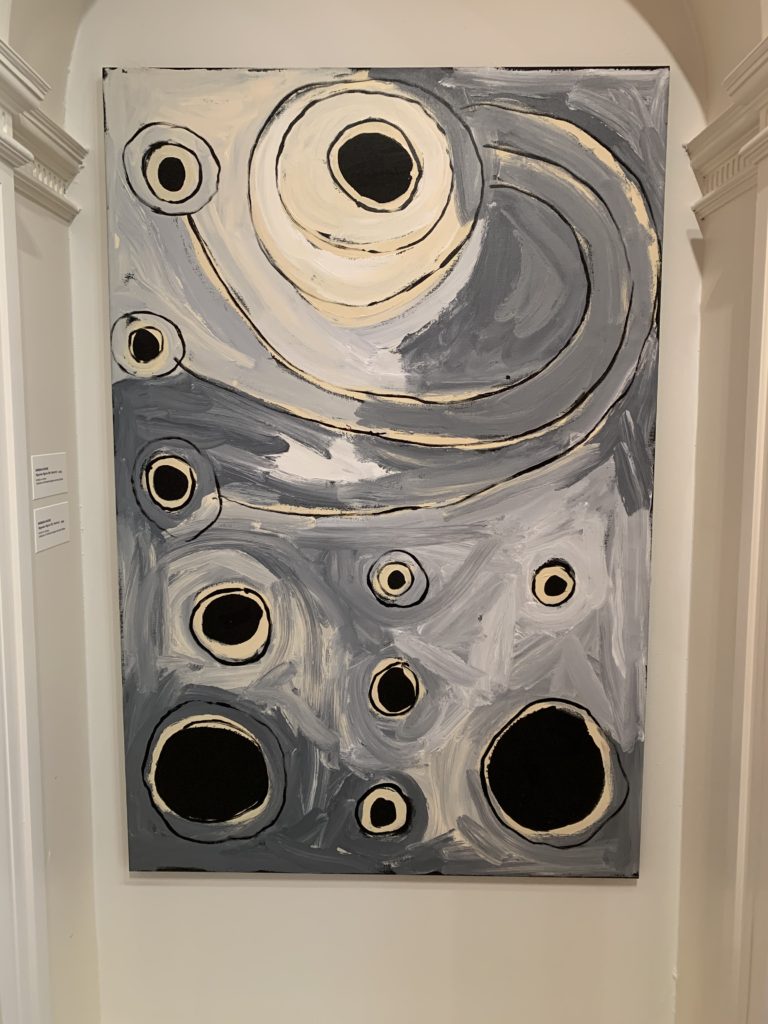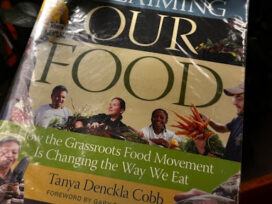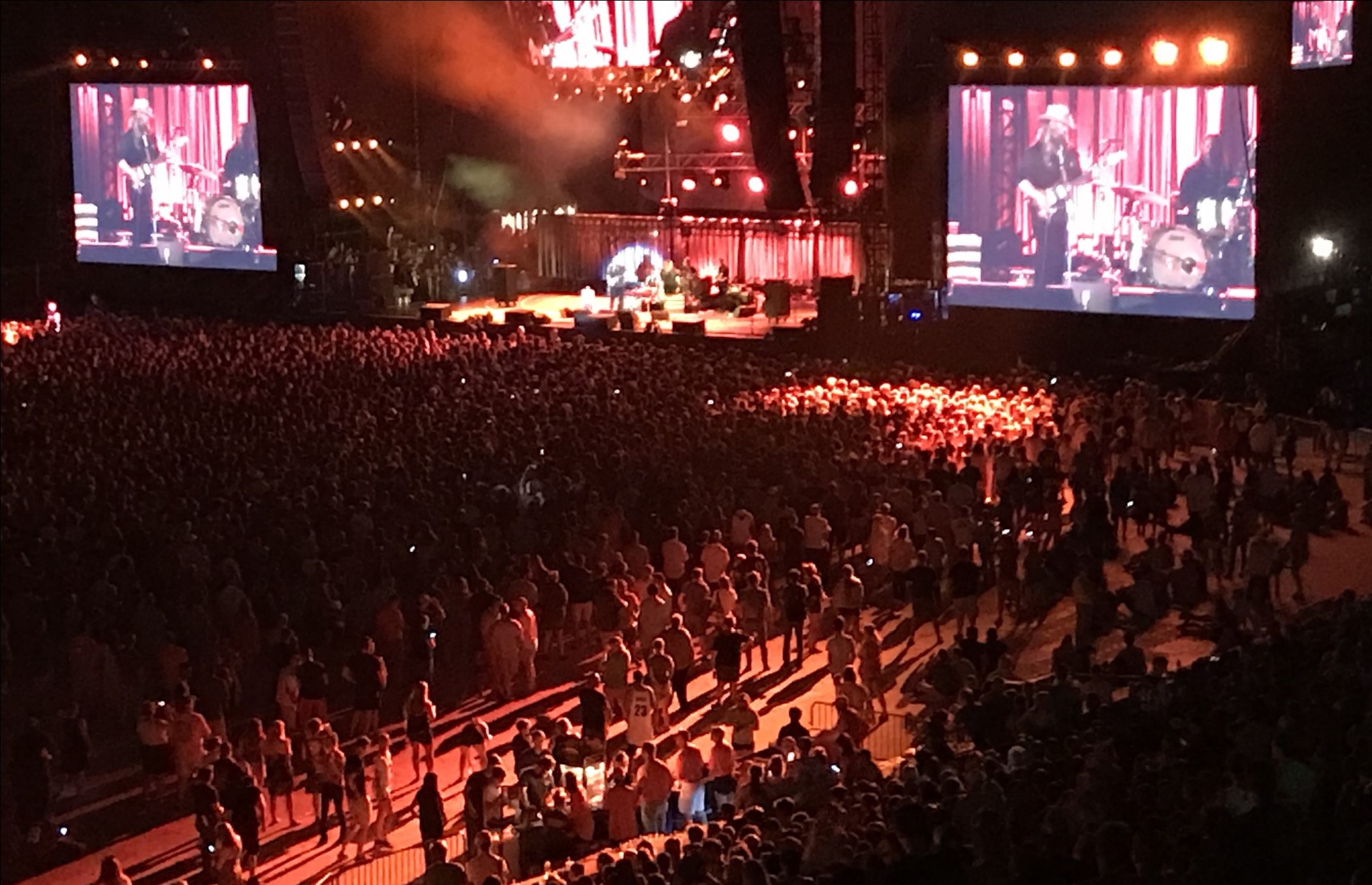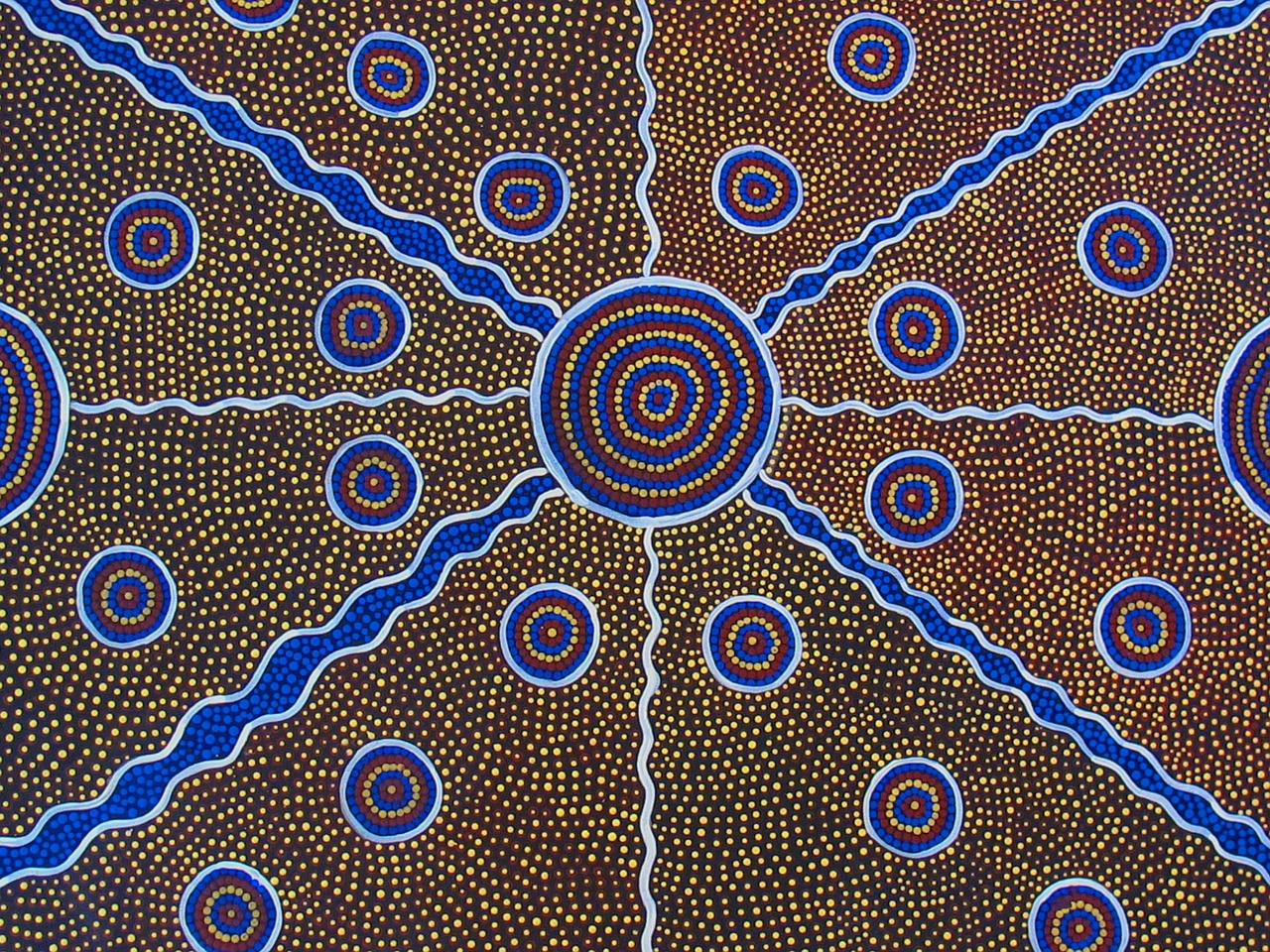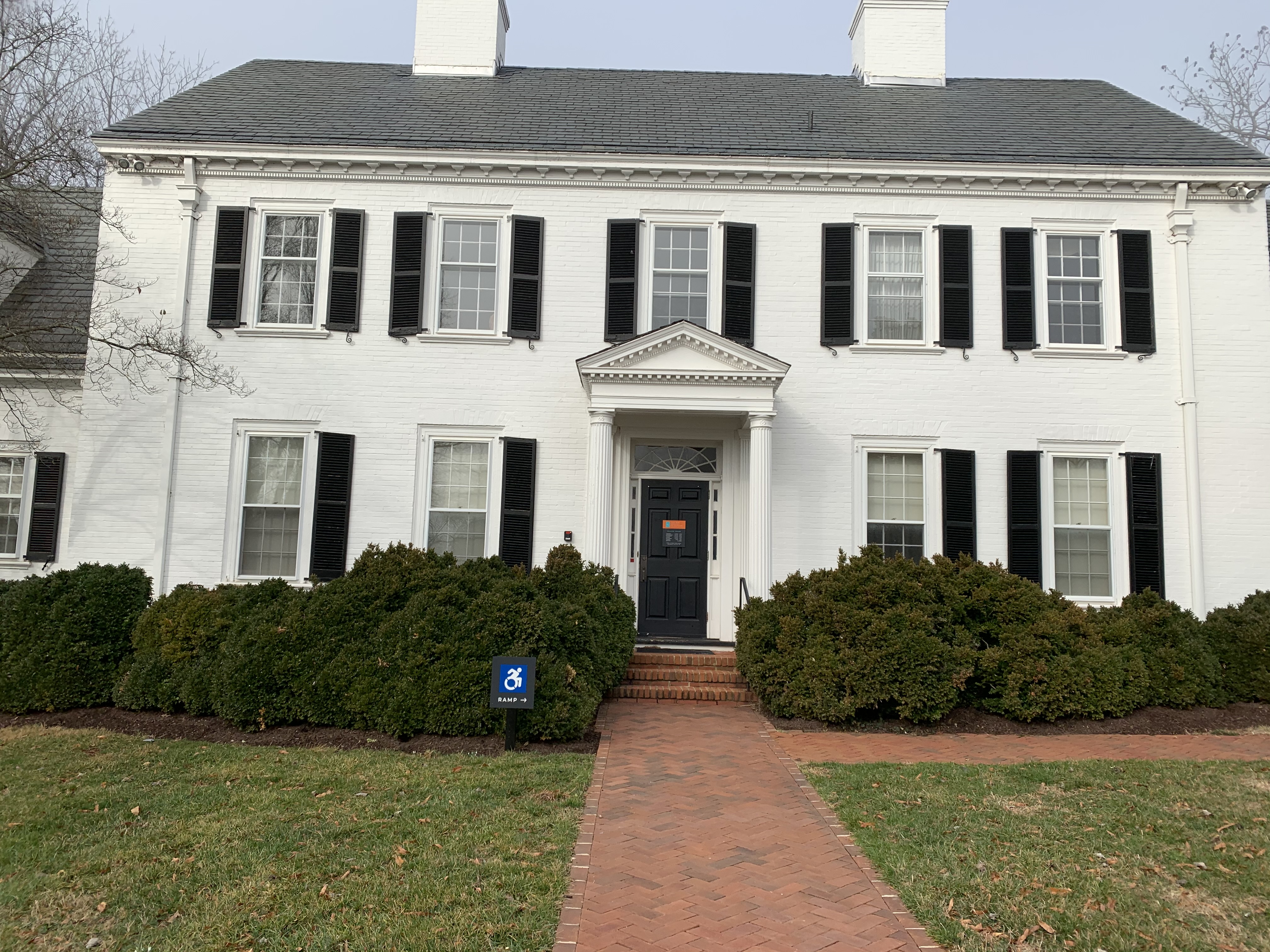
Kluge-Ruhe Hosts Special Storage Tour
The Kluge-Ruhe Aboriginal Art Collection of UVA hosts a guided tour every Saturday from 10:30-11:30 a.m., showing their wide collection of acrylic paintings and weaving, as well as a full wall mural done by a visiting artist. However, on Feb. 3, 2020, a special tour was offered, which explored the storage area under the main exhibits. This tour is only offered twice a year or on special request. Both the guided tour and the specialty tour are free and open to the public.
Nicole Wade, the collections manager and registrar for Kluge-Ruhe, was the tour guide for the specialty tour, giving detailed descriptions of each piece of art and extensive background information on how each was made.
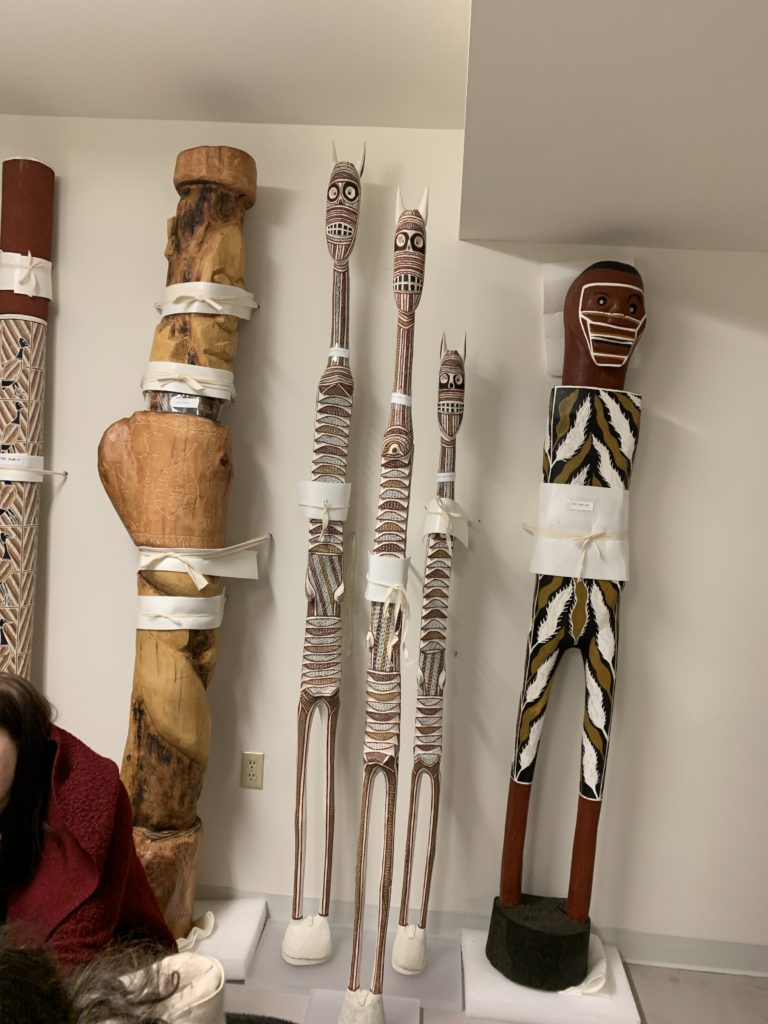
Most of the art was done on sheets of eucalyptus bark, which are cut directly off the tree and carefully dried to make it as flat as possible. Then, the artists would grind up their own pigments, mixing them with eucalyptus sap or egg to make it adhesive to the bark. Using a brush made of human hair, the artists then set about painting their bark, which could stretch up to fourteen feet, using distinctive patterns unique to their particular province or clan.
Once a bark painting is complete, special effort must be put in to care for it properly, as there are many things that can damage the bark, causing it to swell or crack. The humidity must be kept consistent to avoid constant swelling and shrinking of the bark. Pest control must be rigid to protect the artwork from termites and other harmful bugs. Direct sunlight should be avoided, except for only brief moments, as it too can cause harm to the art.
Aside from the sheets of bark, there were also totems and capsules of bark manipulated into a cylindrical shape. These were traditionally used to hold the remains of the dead, but the ones in the collection were simply decorative. At the end of the tour, baskets not on display were shown, including one made there by visiting artists. The artists crafted the baskets using the same system they used in their own country, from handpicking the supplies to dying their own strands to weave with.
“It was like watching magic happen,” Wade said when describing the experience.
The normal exhibit is open to the public from 10 a.m. to 4 p.m. Tuesday through Saturday, and from 1-5 p.m. on Sunday. The exhibit is closed on Monday. It is located at 400 Worrell Drive in Charlottesville.
